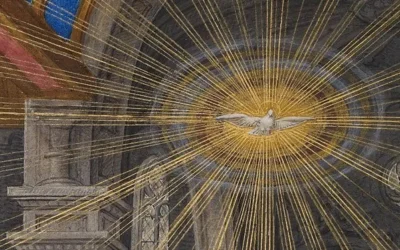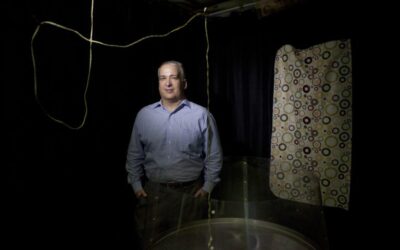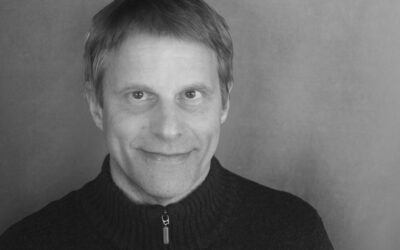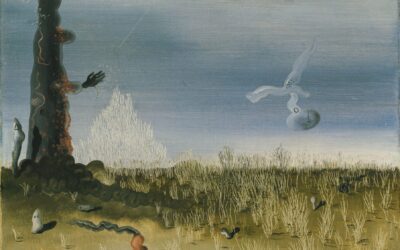The Hidden Pattern in Healthcare Policy For mental health practitioners, insurance policy changes often feel like unpredictable storms that disrupt practice operations, threaten revenue streams, and create administrative chaos. Yet beneath this apparent randomness lies a remarkably consistent pattern: what Medicaid does today, private insurance will likely do tomorrow. Understanding this cascade effect—from CMS (Centers for Medicare & Medicaid Services) to Federal BCBS to state-level plans—transforms reactive...
The Complete Alabama LPC Licensing Guide:
Everything You Need to Know About ALC, LPC, and Private Practice Professional counseling in Alabama operates under a two-tiered licensing system overseen by the Alabama Board of Examiners in Counseling (ABEC), requiring all counselors to begin as Associate Licensed Counselors (ALCs) before progressing to Licensed Professional Counselor (LPC) status. This pathway involves earning a master's degree in counseling from a qualifying school that includes a practicum and internship, passing the National Counselor...
The Golden Shadow in Relationships: Why We Fall for People Who Shine Too Bright
"He seemed perfect," Sarah said, tears streaming down her face. "Too perfect. David was everything I thought I wanted—confident, successful, charismatic, emotionally intelligent. Everyone loved him. I felt so lucky that someone like that would choose me. But now, six months later, I feel smaller than ever. I've lost myself trying to live up to his light." Sarah's story illustrates one of the most painful yet common patterns in relationships: golden shadow projection. While most people understand that we can be...
Molecular Mechanisms of Memory: Insights from the Work of Todd Sacktor
Memory is one of the most fundamental and fascinating aspects of cognition. Our ability to form, retain, and retrieve memories shapes our sense of self, our relationships with others, and our understanding of the world around us. Yet despite its centrality to the human experience, the precise mechanisms by which memories are formed, stored, and maintained in the brain have long remained elusive. In recent decades, however, remarkable progress has been made in unraveling the molecular and cellular basis of memory....
Consciousness as Integrated Information: Tononi’s Theory and Its Implications for Machine Consciousness
The question of consciousness—how subjective experience emerges from physical processes—has challenged philosophers, psychologists, and neuroscientists for centuries. How does the brain, composed of billions of neurons and trillions of synapses, give rise to our rich inner life of thoughts, feelings, and perceptions? And could a machine ever possess similar qualities of consciousness? In his groundbreaking Integrated Information Theory (IIT), neuroscientist Giulio Tononi offers a mathematically rigorous approach...
Micronutrition for Mental Health: Treating ASD, ADHD, AUDHD and more!
Vitamin A (as beta-carotene) Vitamin A, particularly in its beta-carotene form, plays a crucial role in brain development and function. This powerful antioxidant helps protect brain cells from oxidative stress, which has been linked to various mental health disorders like depression, anxiety, and neurodegenerative diseases. Beta-carotene is a provitamin A carotenoid that the body converts into retinol, the active form of vitamin A. It is abundant in orange and green vegetables like sweet potatoes, carrots,...
Harnessing the Power of Micronutrients for Mental Health
Can Vitamins Treat ADHD and ASD? In today's fast-paced, stressful world, mental health challenges are on the rise. While conventional treatments like therapy and medication can be helpful, many people are seeking natural ways to support their brain health and emotional well-being. One promising approach that's gaining traction is micronutrient therapy - the use of carefully formulated supplements to provide the brain with the essential vitamins, minerals, and other nutrients it needs to function at its best. At...
Mighty Minerals for Mental Health: How Hardy Daily Essentials Nutrients Supports Brain Function and Emotional Wellbeing
What does the research say about how minerals effect mental health? Minerals are the unsung heroes of brain health, playing essential roles in everything from neurotransmitter synthesis and signaling to energy production and neuroplasticity. Unfortunately, modern diets and lifestyles can leave us depleted of these critical nutrients, contributing to the rising tide of mood disorders and cognitive issues. That's where Hardy Nutritionals' Daily Essential Nutrients comes in. This innovative supplement is carefully...
How to Heal After Leaving a Toxic Relationship and Reclaim Your True Self
How Therapy Can Heal Toxic Relationships Leaving a toxic relationship is one of the bravest and most difficult steps a person can take. Whether it was a romantic partner, a family member, or a close friend, extricating yourself from a relationship pattern that was destructive to your well-being is a profound act of self-love and self-preservation. However, the journey of healing doesn't end the moment you walk away. In many ways, that's just the beginning. The aftermath of a toxic relationship can leave you...
Exploring the Role of Trauma in Perinatal Health Outcomes
Exploring the Role of Trauma in Perinatal Health Outcomes How Does Trauma Effect Childbirth? Trauma is a pervasive and often overlooked factor in shaping perinatal health outcomes. From childhood adversity to interpersonal violence to birth-related trauma, experiences of harm and threat can have profound impacts on women's physical, emotional, and psychological well-being during pregnancy and the postpartum period. In this article, we will delve into the complex relationship between trauma and perinatal health,...
Perinatal Health: Understanding the Challenges and Importance of Support
The Challenges of Perinatal Work in Therapy Perinatal health, which encompasses the period during pregnancy and after childbirth, is a critical aspect of both maternal and child well-being. This stage is marked by significant physical, emotional, and social changes that can greatly impact the overall health and quality of life for mothers and their babies. While many women navigate this time with joy and excitement, others may face a range of challenges that can lead to stress, anxiety, and other mental health...











